Light and Color (Part 1 of 2)
CS-116A: Introduction to Computer Graphics
Instructor: Rob Bruce
Fall 2015
SLIDE 1: Diffuse Reflection
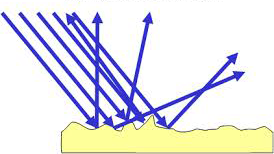
Image source: http://twistedphysics.typepad.com/.a/6a00d8341c9c1053ef0115707a8bf0970b-pi
SLIDE 2: Specular Reflection
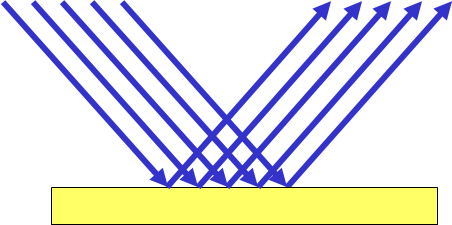
Image source: https://emmybella.files.wordpress.com/2009/12/specular-reflection.gif
SLIDE 3: Teapot: Ambient Reflection
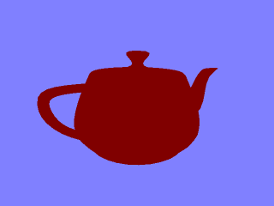
Image source: https://www.opengl.org/sdk/docs/tutorials/ClockworkCoders/lighting-ambient.png
SLIDE 4: Teapot: Diffuse Reflection
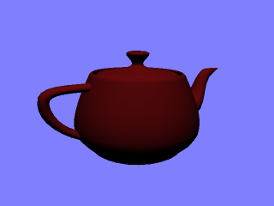
Image source: https://www.opengl.org/sdk/docs/tutorials/ClockworkCoders/lighting-diffuse.png
SLIDE 5: Teapot: Specular Reflection
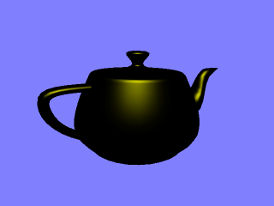
Image source: https://www.opengl.org/sdk/docs/tutorials/ClockworkCoders/lighting-specular.png
SLIDE 6: Combining Ambient, Diffuse, and Specular reflection

Image sources:
https://www.cs.uic.edu/~jbell/CourseNotes/ComputerGraphics/diagrams/sphereemis.gif
https://www.cs.uic.edu/~jbell/CourseNotes/ComputerGraphics/diagrams/sphere.gif
https://www.cs.uic.edu/~jbell/CourseNotes/ComputerGraphics/diagrams/spherespec2.gif
https://www.cs.uic.edu/~jbell/CourseNotes/ComputerGraphics/diagrams/spherespec.gif
SLIDE 7: Flat shading vs. Smooth shading

Image sources:
https://www.cs.uic.edu/~jbell/CourseNotes/ComputerGraphics/diagrams/sceneflat.gif
https://www.cs.uic.edu/~jbell/CourseNotes/ComputerGraphics/diagrams/scenesmooth.gif
SLIDE 8: Flat shading vs. Phong shading
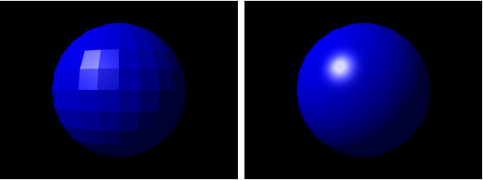
Image source: https://upload.wikimedia.org/wikipedia/commons/8/84/Phong-shading-sample.jpg
- Also known as a Phong interpolation.
- Notice the smooth lighting surface this shader achieves (right).
SLIDE 9: Gouraud shading
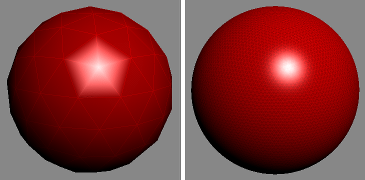
Image sources:
https://upload.wikimedia.org/wikipedia/commons/a/af/Gouraud_low_anim.gif
https://upload.wikimedia.org/wikipedia/commons/6/69/Gouraud_high.gif
- Similar to Phong shading with interpolated lighting across surface.
- Weakness is in the interpolation method as seen here on the specular highlight.
- Image on left is low polygon count while image on right has high polygon count.
- The specular highlight looks more realistic on high polygon count model (right).
SLIDE 10: Sources of light
- Ambient light
no identifiable light source or direction - Point light
- Distance light
light source from a single direction - Spotlight
SLIDE 11: Point light

Image source: http://www.tomdalling.com/images/posts/modern-opengl-06/point-light.jpg
SLIDE 12: Spotlight

Image source: http://www.web3d.org/documents/specifications/19775-1/V3.2/Images/spotlight.gif
- Spotlight: A cone of light defined by a cut-off angle and radial attenuation.
SLIDE 13: Spotlight example
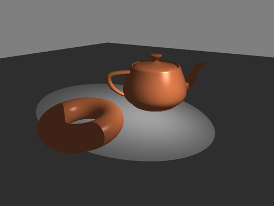
Image source: https://www.packtpub.com/graphics/9781849514767/graphics/4767_03_10.jpg
SLIDE 14: Distant light
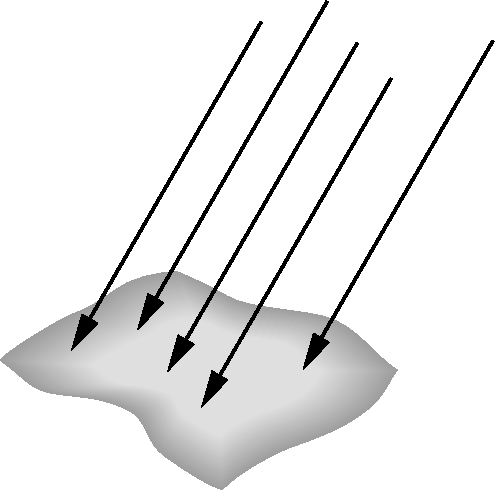
Image source: http://www.cs.kent.edu/~farrell/cg02/lectures/color/an06f12.gif
- If the light source is far from the surface, the direction of light is uniform across the entire surface.
- Example: The sun
SLIDE 15: Color models and Color encoding schemes
- Color models:
- RGB: Red, Green, Blue (an additive model)
- CMY or CMYK: Cyan, Magenta, Yellow (a subtractive model). The K denotes black.
- HSV: Hue, Saturation, Value
- Encoding schemes (broadcast video and television):
- YIQ (used in NTSC broadcasting)
- YUV (used in PAL broadcasting)
CMYK is used in printing industry.
YIQ is denoted as a color model in our book.
NTSC = National Television System Committee
PAL = Phase Alternating Line
SLIDE 16: Additive colors: RGB
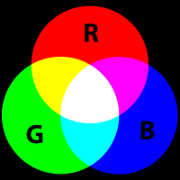
Image source: https://upload.wikimedia.org/wikipedia/commons/c/c2/AdditiveColor.svg
- Venn Diagram of red (R), green (G), and blue (B).
- This is an additive color space.
- Note the colors created in the overlap of red, green, and blue.
SLIDE 17: Subtractive colors: CMY
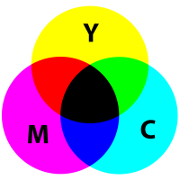
Image source: https://upload.wikimedia.org/wikipedia/commons/thumb/1/19/SubtractiveColor.svg/400px-SubtractiveColor.svg.png
- Venn Diagram of cyan (C), magenta (M), and yellow (Y)
- This is a subtractive color space.
- Note the colors created in the overlap of cyan, magenta, and yellow.
SLIDE 18: HSV colorspace
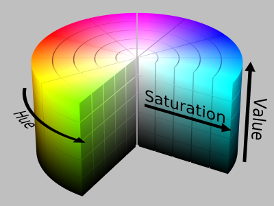
Image source: https://upload.wikimedia.org/wikipedia/commons/0/0d/HSV_color_solid_cylinder_alpha_lowgamma.png
SLIDE 19: Next lecture...
- Surface opacity
- Refraction in transparent materials
- Light emission from materials (e.g. "glow")
- Lighting effects
- Bump maps
- Material properties
- Texture maps
- Rendering
- Ray tracing
- Global illumination
SLIDE 20: Interesting link
- The Joy of Visual Perception: http://www.yorku.ca/eye/toc.htm
Robert Bruce
Research
Courses
Fall 2015, CS-116A:
Lectures
- Light and Color (part 1 of 2)
- Light and Color (part 2 of 2)
- Introduction to OpenGL and GLUT
- Dissection of OpenGL/GLUT programming examples in C
- Dissection of OpenGL/GLUT programming examples in Java
- Splines
- Meshes: Vertices, Edges, and Faces
- Camera and clipping plane
- Linear transformations
- Interactive program to adjust frustum, near, and far clipping planes
- Metaballs and Blobbies
- Graphics File Formats
- Accelerated Graphics Hardware (GPU)
- GLSL: OpenGL Shading Language (part 1 of 2)
- GLSL: OpenGL Shading Language (part 2 of 2)
- Squash, Stretch, and Bounce: The twelve principles of animation
- Introduction to Blender
- Character Rigging for animation
- Algorithmic animation and modelling (part 1 of 2)
- Algorithmic animation and modelling (part 2 of 2)
- Introduction to Computer Vision
- Introduction to WebGL
Assignments:
